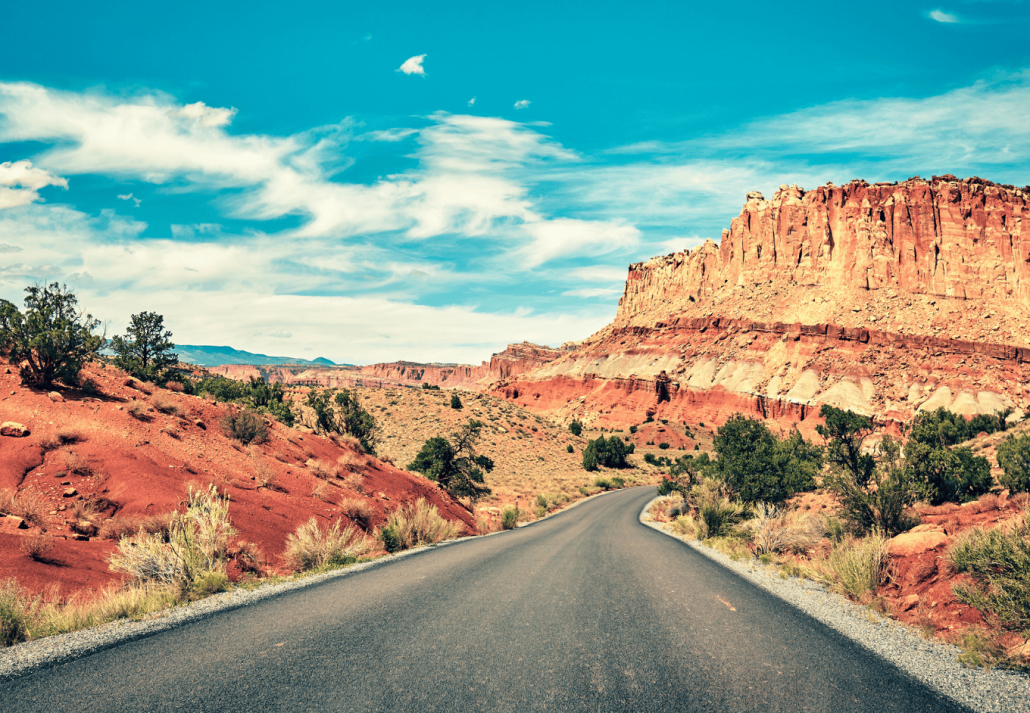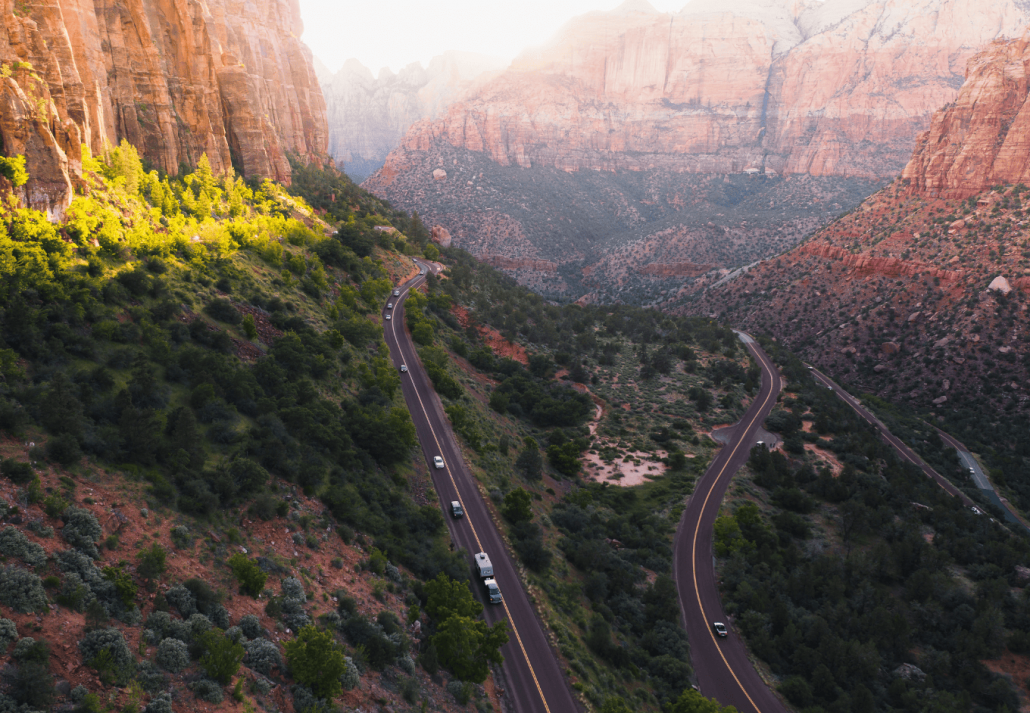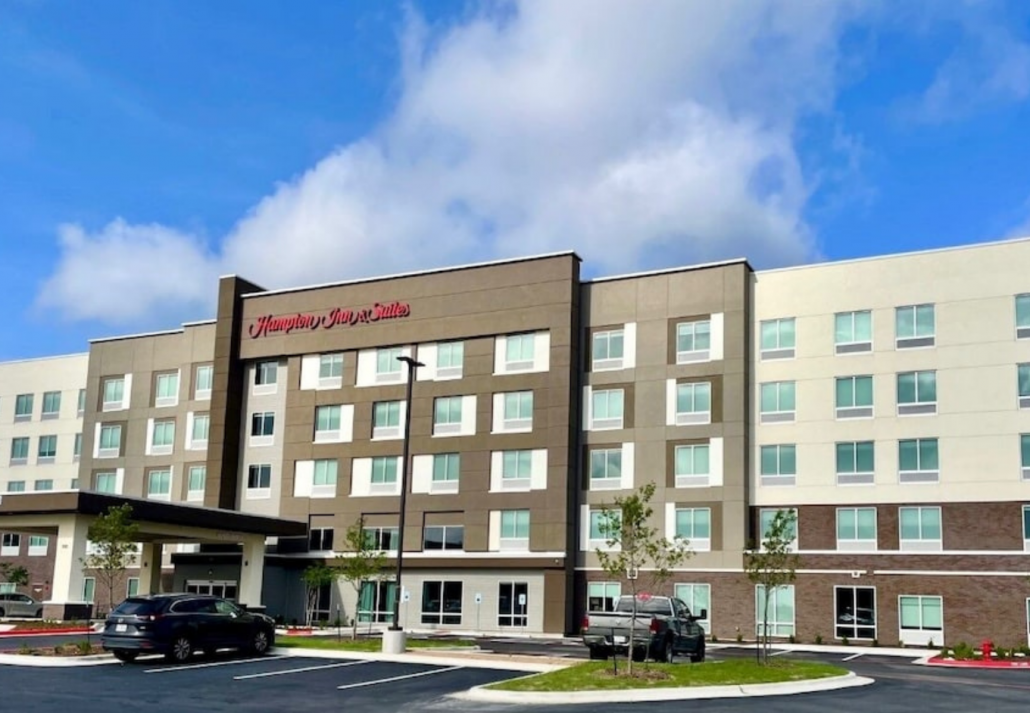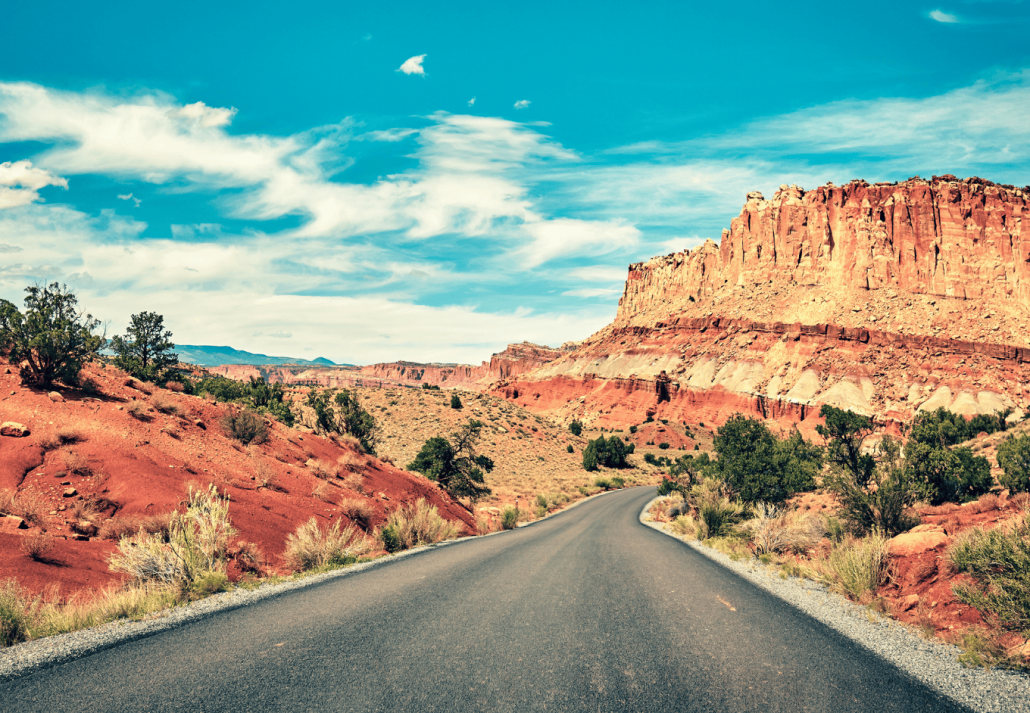
Planning an epic road trip from Salt Lake City to Zion National Park? You’re in for one of Utah’s most spectacular scenic drives! This journey through the heart of the Colorado Plateau promises breathtaking canyon walls, ancient petroglyphs, and some of the most stunning natural amphitheaters you’ll ever see.
The Journey: What to Expect ️
The drive from Salt Lake City to Zion National Park covers approximately 300 miles and typically takes 4.5 to 5 hours of driving time. However, smart travelers know this isn’t just about reaching the destination – it’s about savouring every mile of Utah’s incredible landscape. Many visitors are surprised to discover that this route offers access to multiple national parks, making it perfect for an extended southwest adventure.
Best Routes: Choose Your Adventure ️
Route 1: The Direct Interstate Route (I-15 South)
Distance: 300 miles | Time: 4.5 hours | Best for: Quick travel, first-time visitors
This straightforward route takes you directly south on I-15, passing through beautiful Utah landscapes. You’ll drive through Cedar City, which serves as a perfect pit stop for great food and fuel. The route offers amazing views of the Great Basin and transitions into the Mojave Desert as you head toward Zion’s park entrance.
Key stops along the way:
- Fillmore: Historic town with charming local eateries
- Beaver: Mountain town perfect for a leg stretch
- Cedar City: Gateway to Cedar Breaks National Monument
- St. George: Last major city before Zion, known for its red rock formations
Route 2: The Scenic National Parks Loop
Distance: 400+ miles | Time: 6-8 hours with stops | Best for: National park enthusiasts, photographers
This route is the perfect way to experience Utah’s “Big Five” national parks region. Head east from Salt Lake City toward Capitol Reef National Park, then southwest to Bryce Canyon National Park, and finally to Zion. This scenic route showcases the incredible diversity of the Colorado Plateau.
Must-see stops:
- Capitol Reef National Park: Famous for the Waterpocket Fold and ancient petroglyphs
- Dixie National Forest: Perfect for day hiking and mountain views
- Bryce Canyon National Park: World-famous for its natural amphitheater and hoodoos
- Cedar Breaks National Monument: Often called a “mini Bryce Canyon”

Route 3: The Kolob Canyons Approach
Distance: 320 miles | Time: 5 hours | Best for: Avoiding crowds, experiencing Zion’s quieter side
Take I-15 south but enter Zion through the lesser-known Kolob Canyons section. This approach offers steep cliffs, amazing views, and far fewer crowds than the main canyon entrance. It’s the perfect place to start your Zion adventure before heading to the main park area.
Best Times to Visit
Spring (March-May)
Perfect weather for hiking and exploring. The Virgin River flows strongly, making the Emerald Pools trail spectacular. Wildflowers bloom throughout the park, and temperatures are ideal for day hiking.
Summer (June-August) ️
Peak season with the most visitors. Arrive early in the morning to beat crowds and heat. The park shuttle system runs frequently, and all trails are accessible. Great for families and first-time visitors.
Fall (September-November)
October is particularly magical with changing cottonwood trees along the Virgin River. Less crowded than summer, perfect weather for hiking, and amazing photography opportunities at Sunset Point.
Winter (December-February) ️
Fewer visitors, snow-capped canyon walls, and a completely different perspective of Zion Canyon. Some trails may be icy, but the main scenic drive remains accessible.
Essential Stops & Can’t-Miss Adventures
Capitol Reef National Park Detour
Why rush? If you’re taking the scenic route from Salt Lake City to Zion, Capitol Reef is a hidden gem worth a full day. Walk among ancient petroglyphs that whisper stories of Fremont tribes, then cruise the scenic drive past towering red rock monoliths. Pro tip: Stop by the historic Fruita orchards (seasonal fruit picking!) and the visitor center for pioneer-era tales.
Bryce Canyon National Park: Hoodoo Heaven
Prepare for otherworldly views—Bryce’s amphitheater of hoodoos glows like embers at sunrise. Sunrise Point and Sunset Point are non-negotiable photo ops, and the cooler high-elevation air (8,000+ ft!) makes summer hikes a breeze. For adventure, hike the Navajo Loop or horseback ride through the canyon floor.
Cedar Breaks National Monument: Bryce’s Quieter Sibling
Skip the crowds but keep the drama! This “mini Bryce Canyon” delivers jaw-dropping overlooks (try Spectra Point) and alpine meadows bursting with wildflowers in summer. Pack a picnic—the rim trail has tables with million-dollar views.
Zion National Park: The Grand Finale
The Zion Canyon Scenic Drive (shuttle-only March–November) is your red-carpet ride into the park. Highlights:
- Angels Landing (permit required) for heart-pounding cliffs
- The Narrows (wade the Virgin River!)
- Emerald Pools for waterfall serenity
Pro tip: Arrive early—parking fills by 8 AM!

Pro Tips for Your Salt Lake City to Zion Road Trip
⏰ Time-Smart Planning
- Double your estimated drive time—those Instagram-worthy pullouts and spontaneous hikes will tempt you.
- Book lodges/campsites 3-6 months early for peak season (April–Oct). Pro move: Stay inside Zion or in Springdale for sunrise trail access.
- One night per park minimum—trust us, Bryce at dusk and Zion at dawn are next-level.
- Hit the road by 6 AM to beat crowds (and heat!) at Angels Landing or The Narrows.
Pack Like a Utah Road Trip Pro
- Water x3 what you’d normally drink—Utah’s dry air dehydrates you fast.
- Hiking boots with grip (rocks get slick!) + sandals for watery Narrows hikes.
- A legit camera (yes, even your phone)—you’ll regret not capturing hoodoos at golden hour.
- Sun armor: SPF 50, UV-blocking hat, and cooling neck gaiter. Elevation = stronger rays!
- Trail snacks: Jerky, nuts, and electrolyte packets to fuel long hikes.

Driving Survival Guide
- Gas up in towns (Torrey, Kanab)—stations vanish near parks.
- Check Utah DOT cameras in winter—chains may be needed for Bryce’s 9,000-ft roads.
- Emergency kit must-haves: Tire repair, jumper cables, and a satellite communicator (cell service dies in parks).
- Wildlife rule: Stay 100+ ft from bighorn sheep (yes, even for selfies).
- Bonus: Download offline maps (Google Maps fails in canyons!).
Where to Stay: Accommodation Options
Salt Lake City
Cedar City

Near Zion National Park
St. George Area
Your Zion Adventure Starts Now!
From Salt Lake City’s urban buzz to Zion’s towering cliffs, this road trip is packed with unforgettable moments—but they’re even better with the perfect place to recharge.
Ready to book your stay?
Find cozy cabins, boutique hotels, and budget-friendly stays along your route on CuddlyNest—your go-to for handpicked accommodations with traveler-first perks.
Browse Zion-area stays now → (Early bookers get the best views!)
Adventure awaits—sleep well and explore better!
FAQs For Salt Lake City to Zion National Park
Can I do the Salt Lake City to Zion trip in one day?
Yes, but it’s rushed! The direct drive takes ~4.5 hours, but you’ll miss scenic stops. For the best experience, spend at least one night near Zion.
Are there EV charging stations along the route?
Limited options—Cedar City and St. George have reliable chargers, but plan ahead. National parks have few/no chargers.
Do I need a permit to hike Angels Landing?
Yes! A lottery permit is required (apply 3 months ahead or try the day-before lottery). No permit = no hike past Scout Lookout.
Is the drive safe in winter?
Mostly yes, but check Utah DOT for I-15 and Bryce Canyon road conditions (chains may be needed). Zion’s main canyon is usually accessible year-round.
Is the Zion shuttle running when I visit?
Yes! It operates March–November. Winter visits require driving the scenic route yourself.
Explore More in the US
Please visit:
Our Sponsor
